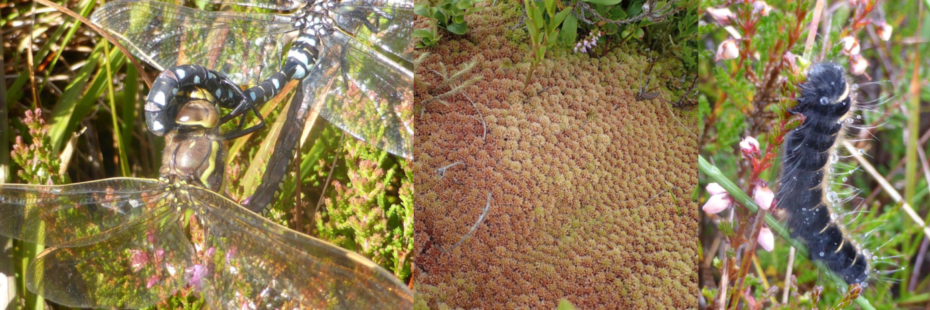
Peatlands – why are they so important and what are we doing to protect them?
Our investment in peatland work continues to advance, with a second Peatland Action Officer joining us this year and funding confirmed to take forward restoration works at many locations across the National Park.
But what exactly are peatlands, why are they so important, and what are we doing to protect them?
Our new Peatland ACTION Project Officer, Guy Cole, explains why the restoration of these wild landscapes is vitally important in combatting climate change and supporting biodiversity.
‘Peatlands are a wetland ecosystem that supports a wealth of plants and insects. Plants absorb carbon from the air to grow but because plants on a peatbog don’t decay when they die, the carbon is instead stored in the peat. Globally, peatlands only cover 3% of the land area but store nearly 550 billion tonnes of carbon, that is twice as much carbon as all the world’s forests!
Unfortunately, over time much of these wetlands have been damaged by overgrazing, drainage and planting trees on deep peat, meaning those peatlands start to release greenhouse gasses, instead of storing them.
Around 68,000 hectares of land in the National Park is covered in peatland and my role includes visiting sites, surveying the land and using satellite imagery to identify any damaged and exposed peatland. We then commission specialist contractors to repair the sites. There are several methods that can be used, for example the revegetation of exposed peat.

Some of the biodiversity supported by peatlands
For me, the beauty of these ecosystems is how the interdependent existence of the animals, plants, fungi and micro-organisms supported by these habitats naturally creates a nature-based solution to help tackle the global climate emergency. We hope that this work we are doing in the National Park will benefit future generations.’

